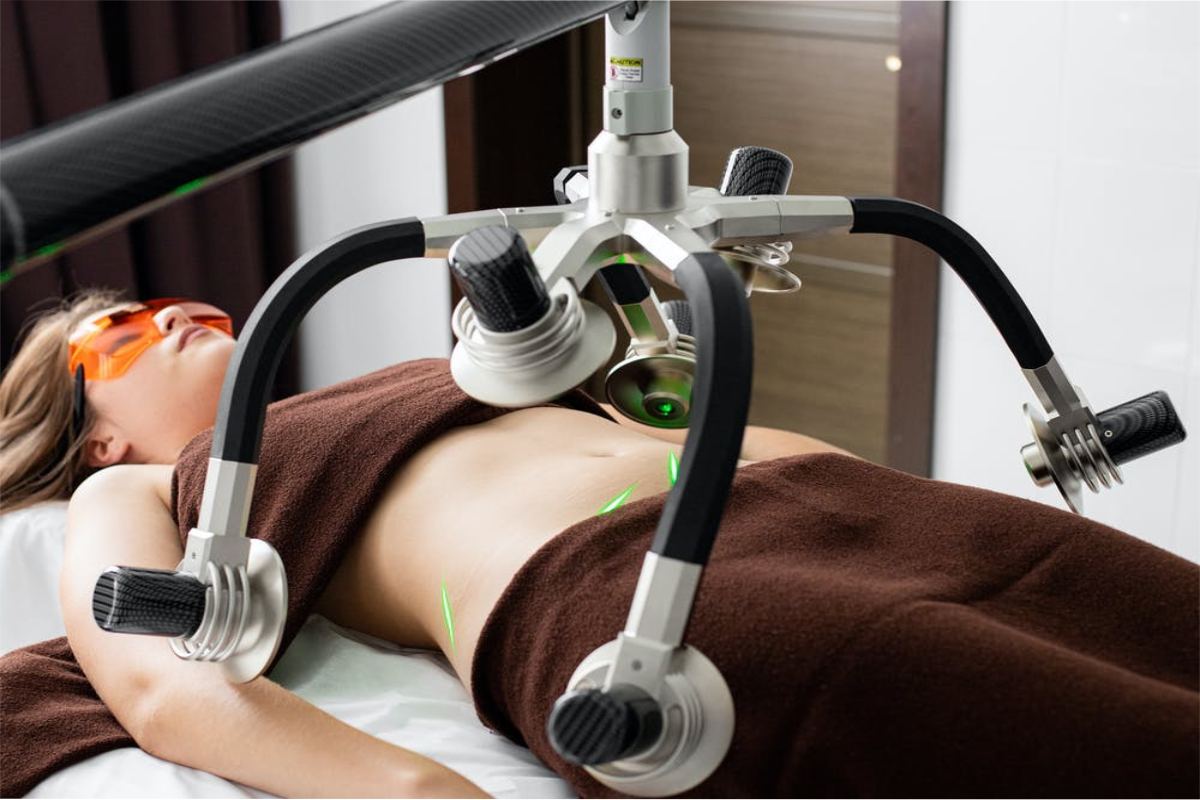If you were to play an association game with someone and the word “Lasers” came up, the first thing that usually pops into a person’s mind would be combat scenes from Star Wars or an image of Tom Cruise descending a high-security vault, evading crisscrossing red laser beams.
However, few people think about hospitals, while this is one setting where lasers are seeing significant use. But let’s back up a bit. What are lasers even? Well, the answer to that question is explained in the very word itself. That’s right, the word “laser” is an acronym that stands for “Light Amplification by Stimulated Emission of Radiation.”
To put it simply, in a laser, atoms are caused to become excited, and after they return to their original state, the light that they emit is bounced between mirrors until it becomes a narrow beam. The defining feature of a laser is the fact the color is uniform, and the light waves move together in the same direction.
Table of Contents
Lasers in the Field of Medicine
Laser products are heavily used for a number of medical procedures and treatments and are being favored by medical professionals around the world due to their non-invasive nature. Lasers are now a common tool in surgical procedures and are often used to cut and vaporize tissue and seal blood vessels.
Laser ophthalmology is also growing in popularity, and several forms of eye surgeries and procedures now use lasers to treat cataracts, glaucoma, and refractive issues. LASIK, for instance, is an eye surgery for myopia and hyperopia that makes use of Excimer lasers in the procedure.
Lasers are also used in cancer treatment through a process called photodynamic therapy. The high precision of lasers allows for razor-sharp targeted activation of photosensitizing agents used during this therapy.
There are also several types of medical lasers, such as Carbon Dioxide or CO2 lasers, that are used to treat skin conditions like warts, scars, and moles. Nd:YAG lasers (Neodymium-doped yttrium aluminum garnet) are used for treatments like hair and tattoo removal, especially on darker skin.
Lasers are also used quite a lot in allied medical fields. For example, Ultrafast lasers emit extremely short bursts of light, with each burst or pulse lasting about a few femtoseconds.
These ultra-fast femtosecond lasers are frequently used in biomedical imaging, which is a core component in departments like Radiology, Computer Tomography, etc.
Brands like Novanta Photonics are well-known in the medical field and are known for their wide range of lasers, laser beam steering components, subsystems, controllers, laser tools, and laser software.
Hospitals and medical institutions often use such systems in microscopy, cellular imaging, optical coherence tomography, and dental work as well.
Advantages of Lasers Technology in Medicine
Laser processing offers a number of advantages over conventional methods. Lasers are a drug and pain-free treatment option.
A lot of people avoid going to the doctor for simple procedures because they are worried about pain and the side effects of strong medications. Laser treatments often bypass these concerns and motivate people to get the help they need.
Their advantages in surgery also extend beyond cutting and vaporizing tissue. These include reduced bleeding during surgical procedures, minimal levels of scarring and damage to tissue, and reduced risk of infection.
During dental procedures, cold process lasers, also known as low-level laser therapy, which do not heat up the tissue, have been found to be a great pain reliever. That makes them a suitable alternative to conventional painkillers.
Lasers are also a versatile tool as they can be used in multiple fields like surgery, dentistry, dermatology, and oncology. Laser treatments are usually fast, meaning patients don’t have to spend days in the hospital, racking up huge medical bills in the process.
When it comes to the treatment of cancers, laser treatment comes with fewer side effects that are usually common to chemotherapy (such as hair loss and nausea). Considerable funding goes into laser research, meaning the technology is only going to see more use-case scenarios in this area and others.
The Main Drawback of Laser Technology
While lasers are a great addition to the field of medicine, it would be biased not to acknowledge some of the drawbacks that stop them from being even more popular. For one, the sort of industrial lasers used in medicine are significantly expensive. That means it’s mainly the large and well-off hospitals and institutions that can afford them.
The laser manufacturing process is not an easy one and requires significant resources, both in terms of qualified human resources and financial capital. These aspects, among many others, make laser components and laser production considerably expensive.
While the risks of side effects are much more minimal, lasers are not 100% safe like all medical interventions. There is always the risk of burns, eye damage, and other injuries.
Conclusion
Laser processing has become an integral part of the medical industry. There are some minor drawbacks with the technology, particularly with reference to the price, but lasers are transforming the medical industry every single day. Their non-invasiveness, precision, and versatility make them a perfect treatment option.

